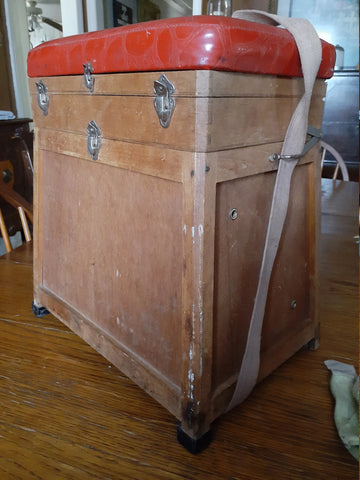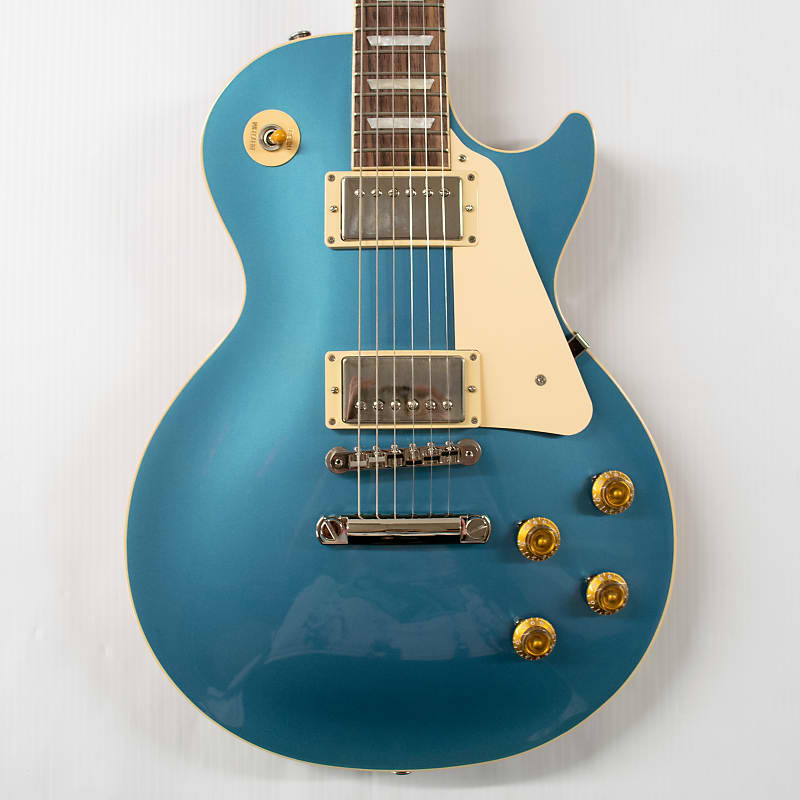The earliest versions of the tackle box can be traced back to ancient Egypt, where fishermen used small boxes made of papyrus to store their fishing equipment. Early examples typically consisted of two sections, one for hooks and lures and the other for live bait.

Finished wooden tackle boxes with compartments were invented in the 18th century and became popular for storing hooks, lines, and other fishing supplies. These boxes were often made of mahogany or oak and were often decorated with carvings, inlays, and other decorative features. Surviving examples have become popular collectors items among dedicated fishermen.

Metal tackle boxes were invented in the 19th century. These durable boxes became the design of choice for fishermen storing tackle and other equipment. These boxes were often made of brass, copper, or steel.

Over the course of the 20th century, tackle boxes evolved with broader societal trends. During the plastic craze of the 1950s, the plastic tackle box was invented, making these boxes much more lightweight.
As backpacks became more fashionable, tackle backpacks began to emerge. The 1980s saw the invention of the wheeled tackle box which made it easier to carry large amounts of gear and, in some cases, store fish. Recent inventions include waterproof compartments and fold out cutting boards.

In 1889, prior to most tackle box innovation, Julius Borcherdt of Chicago, IL filed a patent for a new tackle box design. His patent covered a tackle box with a series of pockets for artificial flies and hooks that could be stored behind a sheet of metal. His patent is believed to have expired in 1906.
Check out the patent





